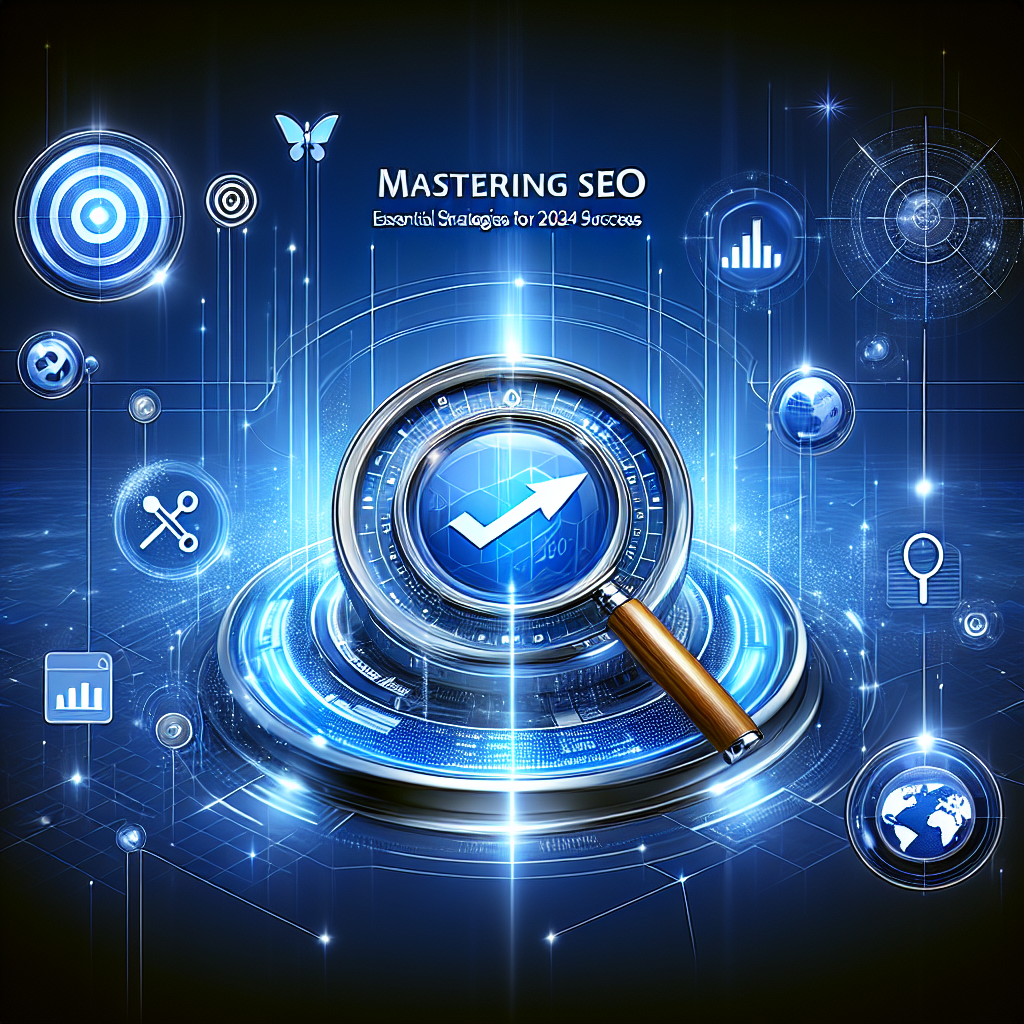On-Page SEO, or search engine optimization, refers to the practices that optimize individual web pages to rank higher and earn more relevant traffic in search engines. This article breaks down the essential techniques for optimizing your website effectively.
Understanding On-Page SEO
What is On-Page SEO?
On-Page SEO involves various techniques that enhance the content and HTML source code of a webpage. This encompasses everything from the text, images, and videos to meta tags, title tags, and URL structure. The objective is to improve the site’s visibility to search engines and enhance user experience.
Importance of On-Page SEO
- Better Search Rankings: Proper on-page optimization helps search engines understand the content of your pages, increasing the likelihood of ranking higher in search results.
- Enhanced User Experience: Optimized pages improve navigation and readability, providing users with a better experience.
- Higher Conversion Rates: By focusing on relevant keywords and optimizing content, you can attract more qualified leads, thereby increasing conversions.
Essential On-Page SEO Techniques
1. Keyword Research
Effective keyword research is the foundation of on-page SEO. Identify relevant keywords that your target audience is searching for. Use tools like Google Keyword Planner, SEMrush, or Ahrefs to find keywords with good search volume and low competition.
2. Quality Content Creation
Content is King: High-quality, informative, and engaging content should be at the core of your on-page SEO strategy. Aim for unique articles, blog posts, videos, infographics, and other types of content.
- Use Keywords Naturally: Integrate primary and secondary keywords smoothly into your content.
- Content Length: Research shows that longer content (1,500+ words) often ranks better.
- Update Regularly: Keep your content fresh and relevant by updating it periodically.
3. Optimize Title Tags
The title tag is one of the most critical on-page SEO elements.
- Include Primary Keywords: Incorporate your main keyword towards the beginning.
- Keep it Under 60 Characters: Ensure that the entire title is displayed in search results.
- Make it Compelling: Write engaging titles that encourage users to click.
4. Meta Descriptions
Meta descriptions summarize the content of your page in search results.
- Character Limit: Keep it between 150-160 characters to ensure it displays correctly.
- Include Keywords: Naturally incorporate keywords and engage readers.
- Call to Action: Encourage users with phrases like "Learn more," "Get started," etc.
5. Header Tags (H1, H2, H3 Tags)
Header tags help structure content, making it easier for users and search engines to navigate.
- H1 Tag: Usually the title of your page; should contain the main keyword.
- H2 and H3 Tags: Use for subheadings and sections to break content into digestible segments.
6. URL Structure
A well-structured URL is crucial for both on-page SEO and user experience.
- Keep it Short: A brief, descriptive URL is more user-friendly.
- Include Keywords: Incorporate relevant keywords to help with rankings.
- Use Hyphens: Separate words with hyphens for better readability.
7. Image Optimization
Images can enhance your content but need optimization to avoid slow loading times.
- File Names: Use descriptive file names that include keywords.
- Alt Text: Write descriptive alt text for each image to help search engines understand the content.
- Compression: Compress images to improve loading speed without sacrificing quality.
8. Internal Linking
Internal links connect different pages of your site, helping navigation and distributing page authority.
- Relevant Links: Link to other relevant pages within your site.
- Use Anchor Text: Apply descriptive anchor text that indicates the content’s topic.
9. Mobile Responsiveness
With the increasing use of mobile devices, ensuring your site is mobile-friendly is essential.
- Responsive Design: Utilize a responsive design that adapts to various screen sizes.
- Loading Speed: Optimize images and scripts to improve load times on mobile devices.
10. User Experience (UX)
Providing a positive user experience is essential for retaining visitors and improving rankings.
- Fast Loading Times: Aim for fast page load speeds (under 3 seconds is ideal).
- Easy Navigation: Ensure a clear, logical structure for easy navigation.
- Engaging Layout: Use visuals and formatting to enhance readability and engagement.
Conclusion
On-Page SEO is a fundamental aspect of any digital marketing strategy. By implementing these essential techniques—keyword research, quality content creation, optimizing title tags and meta descriptions, structuring URLs, utilizing header tags, optimizing images, creating internal links, ensuring mobile responsiveness, and focusing on user experience—you can significantly impact your website’s visibility and success. Through continuous optimization and adapting to SEO trends, you can position your website to attract more organic traffic and ultimately drive conversions.





